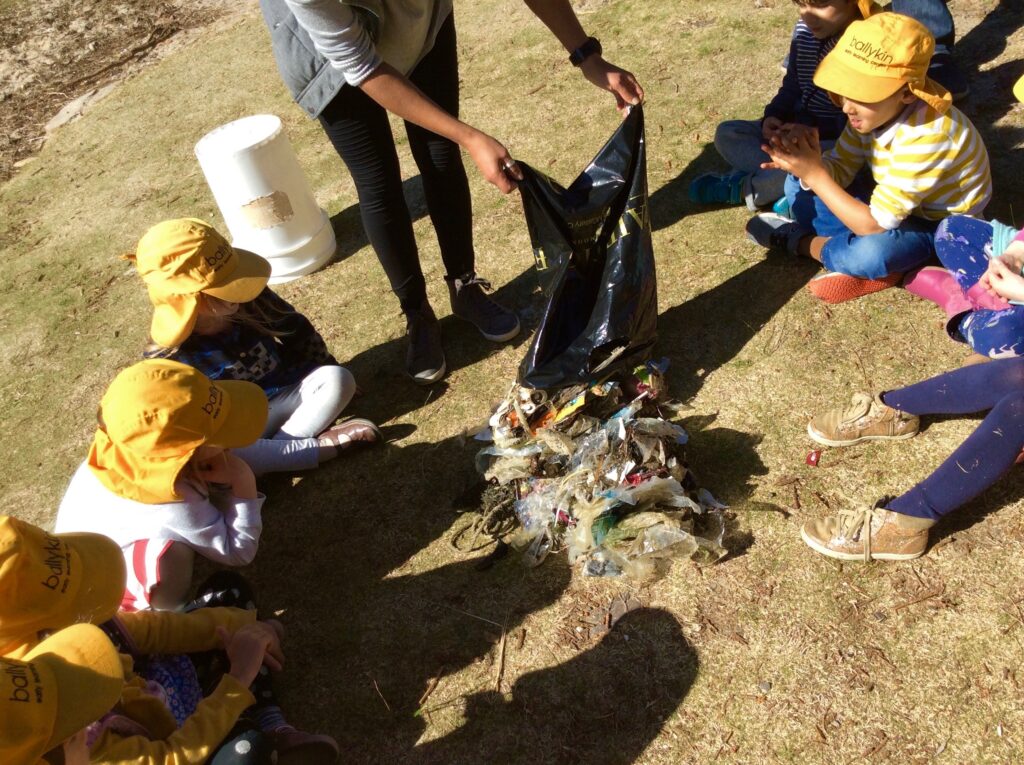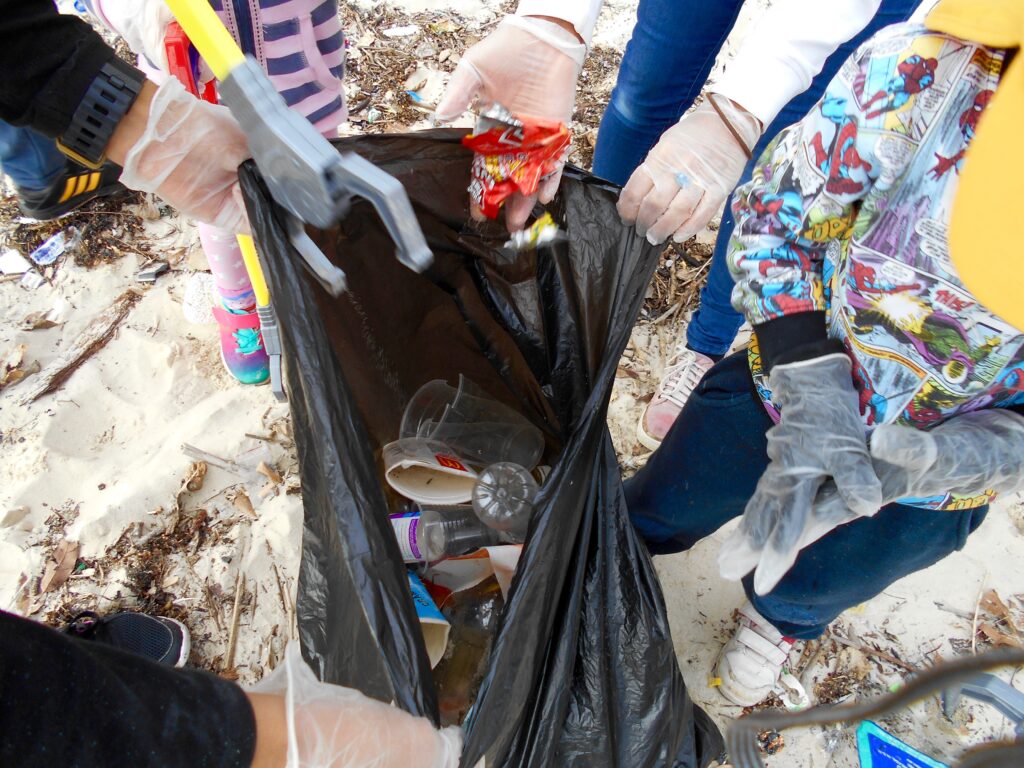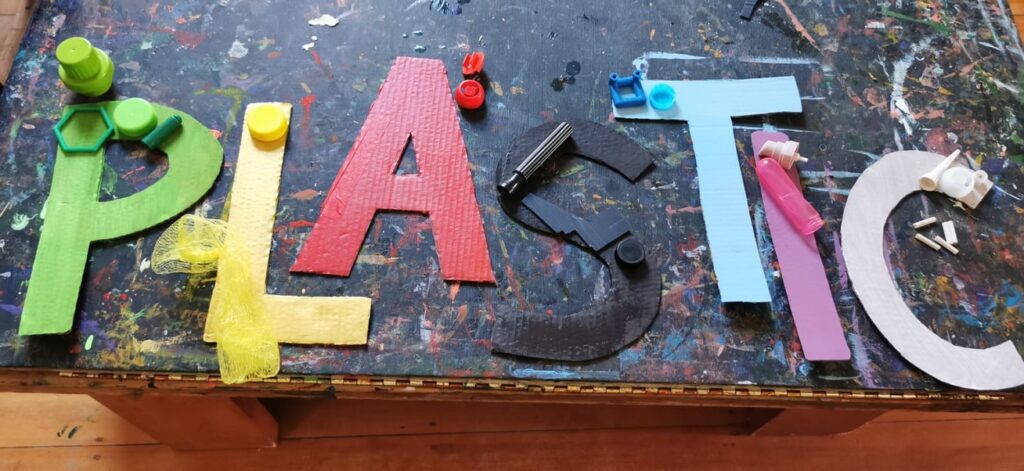
Our beach clean up sessions generated the desire to understand why there was so much rubbish in our beach? Where it was coming from? and How we could prevent it to happen?
After each clean up session we would observe the rubbish collected and noticed that the vast majority of it was some sort of plastic in the form of: bottles, lids, bags, take away containers, cutlery, food packaging and so on…
Thats when we started to learn few things about plastic that we all should know…
The dark side of Plastic

Plastic as itself, is a very good material. It is tough, waterproof, light, cheap and ultra durable. Look around and you will certainly find yourself surrounded by dozens of items made of plastic.
It is everywhere!
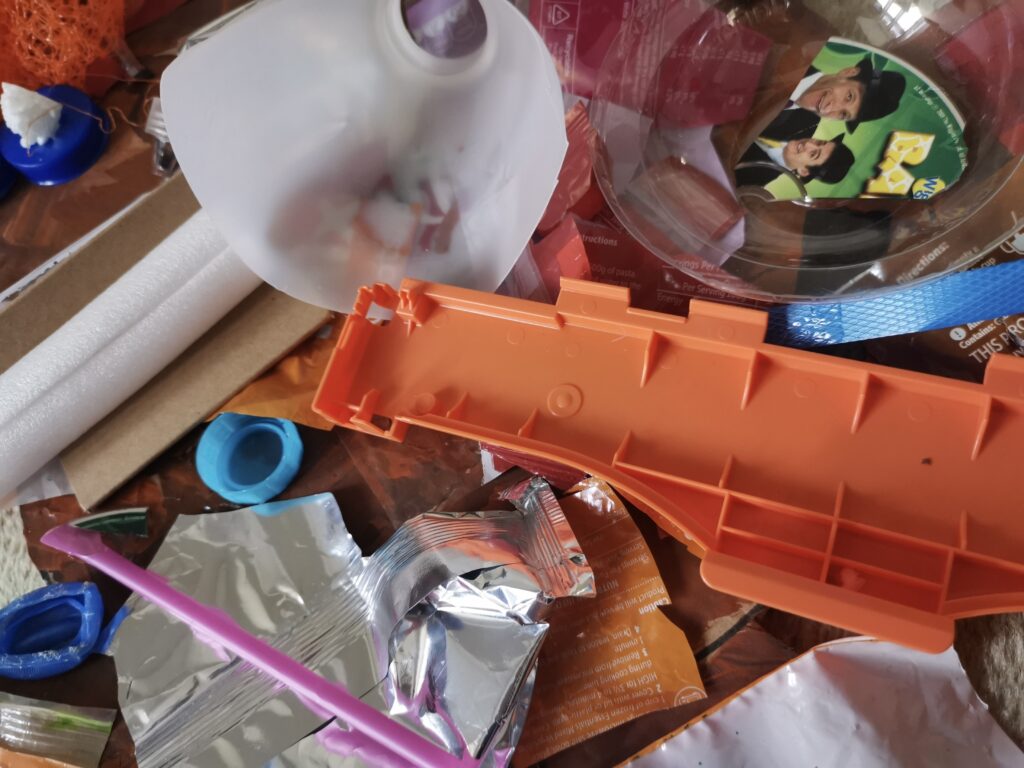
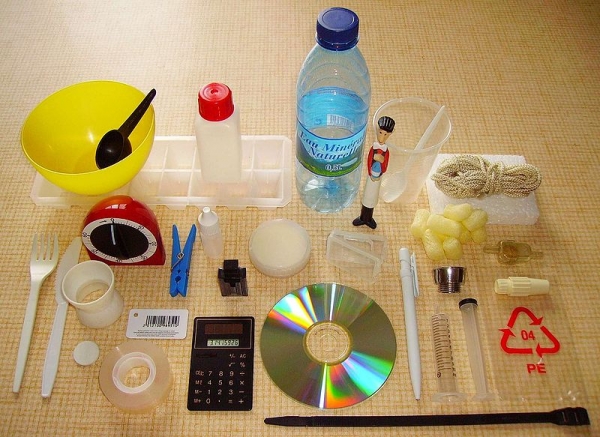
From the clothes we wear, to utensils we use and lately on the food we eat…
Plastic was invented in the early 20th century and gained widespread use by different industries after the WWII.
At that time the synthetic cheap material helped to increase production and consumption of more affordable goods. Back then plastic was marketed as the ultimate solution to simplify our daily routines, and it certainly delivered on that promise, enabling us to do things faster and more efficiently than ever before.
But plastic has also encouraged us to consume and discard at an alarming rate, with damaging consequences for the environment. Now here we are many years later realising that this once wonder material has turned out to be a BIG PROBLEM and a REAL TREAT to our planet!
So what is the problem with plastic??
Problem number 1: Its longevity….
Every piece of plastic ever made is still around and it will be for thousands of years to come! As plastic NEVER fully breaks down. It will degrade into smaller pieces – microplastics, that will stick around polluting the land and waterways, killing wildlife and poisoning the whole food chain including us humans…
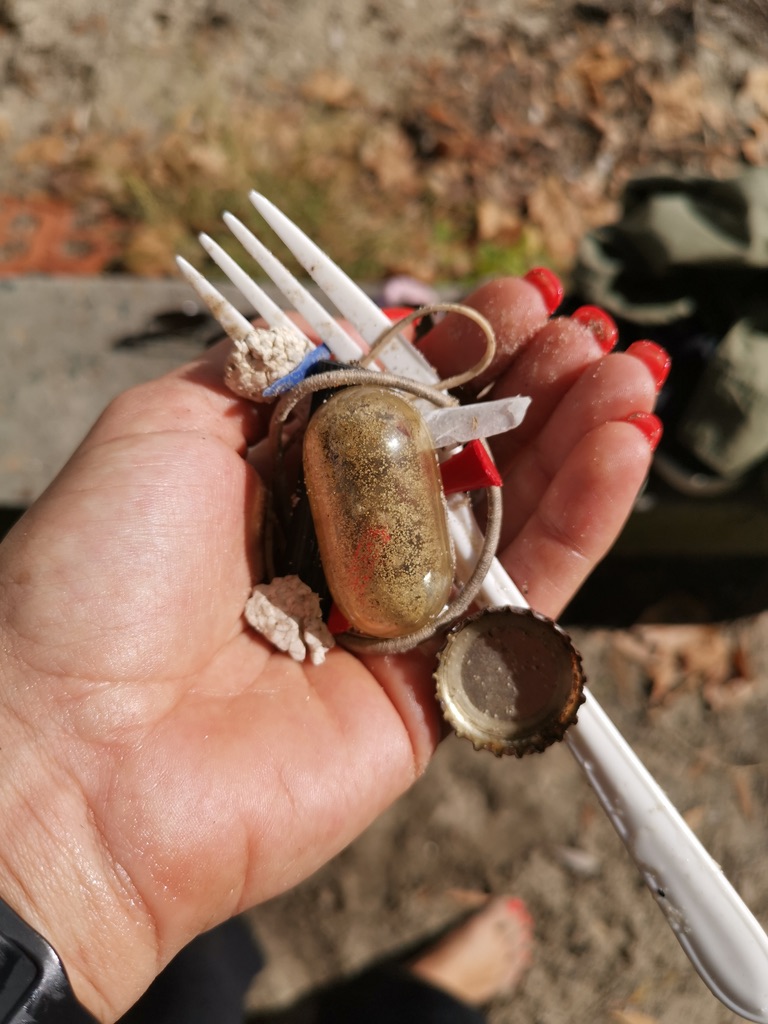
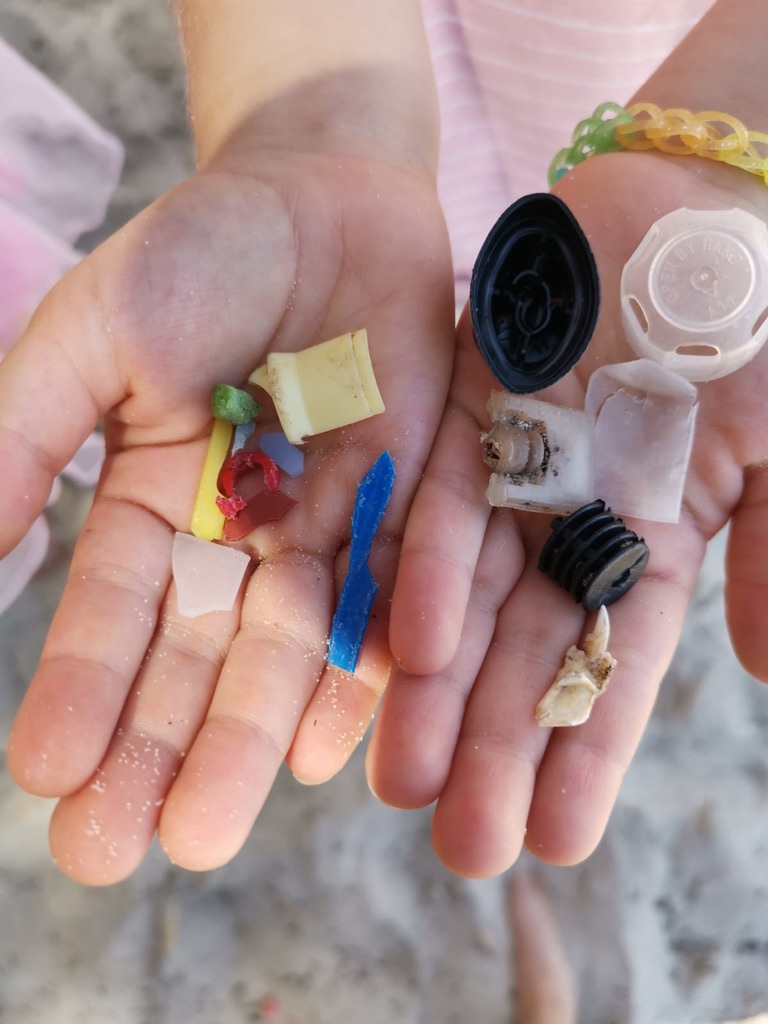
Problem number 2: It’s use
Each year, 400 million tonnes of plastic is produced and 40% of that is single-use – plastic that we’ll only use once before it’s binned. All these plastic will be forever in our planet!
A big chunk of that will end up in the ocean trapping, poisoning, killing and harming sea creatures. Experts think that by 2050, plastic will outweigh fish in the ocean resulting in the extinction of almost all sea life.
“It sounds crazy but we’ve taken plastic, this practically indestructible material, to mass produce disposable goods that we toss away without a second thought.”
Beatriz Ferreira

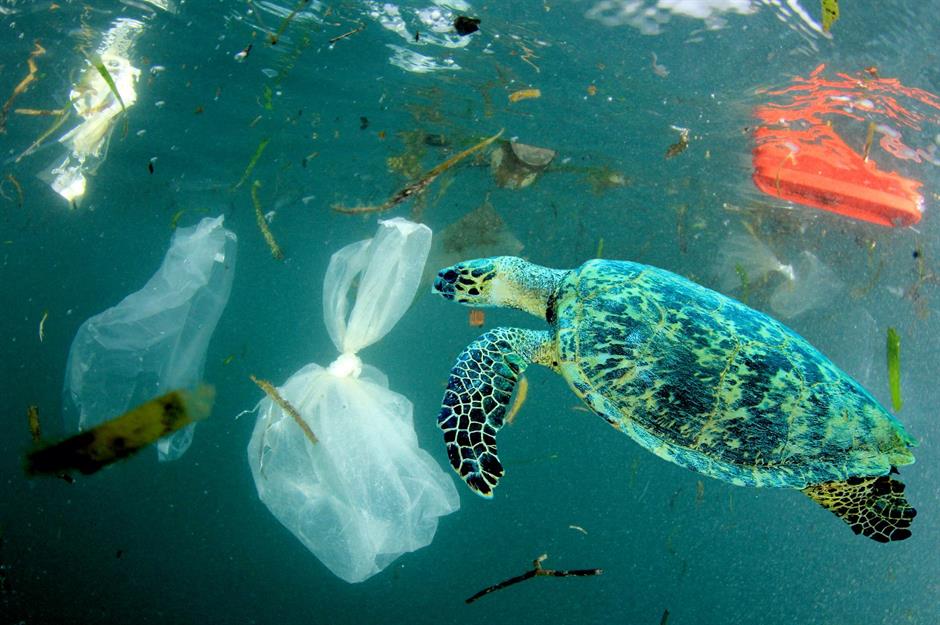
Problem number 3: It’s chemical composition
Plastic is made of combination of chemicals and some of then can be quite harmful to humans and other animals. Such as bisphenol A (BPA ) a synthetic compound found in many plastics and canned food container linings. BPA has been linked to infertility and cancer and it can be released when plastic is exposed to heat sources such as the sun or microwave.
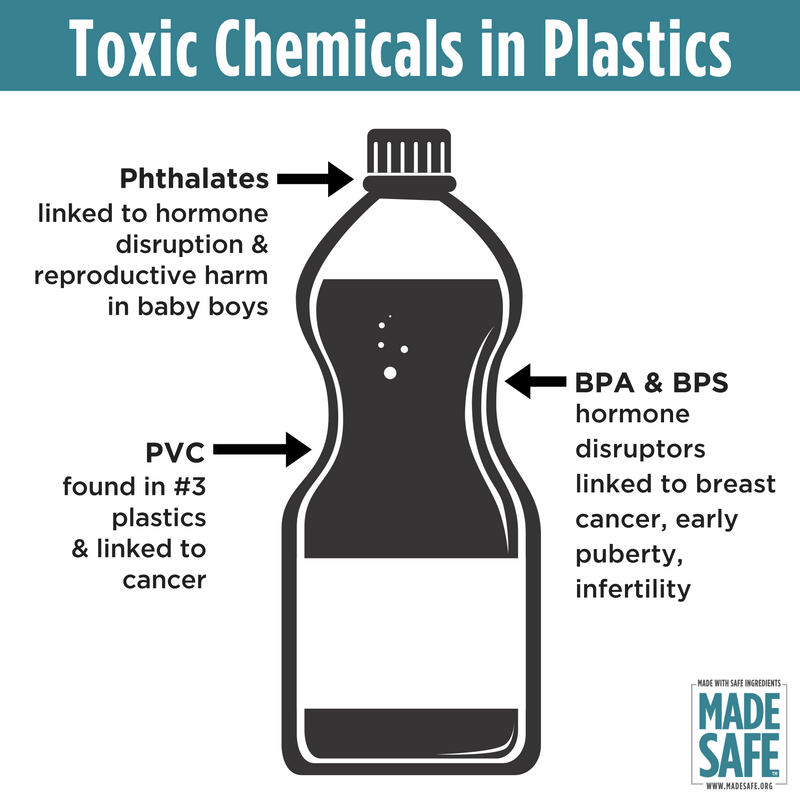
Problem number 4: It’s raw material
Plastic is composed of fossil fuels, such as crude oil and natural gas, and requires heavy processing before use. This process generates pollution, consumes significant amounts of energy, and contributes heavily to carbon emissions. As fossil fuels are one of the main causes of climate change, we can add another big thick to the list of reasons to reduce drastically it’s use in our lives…
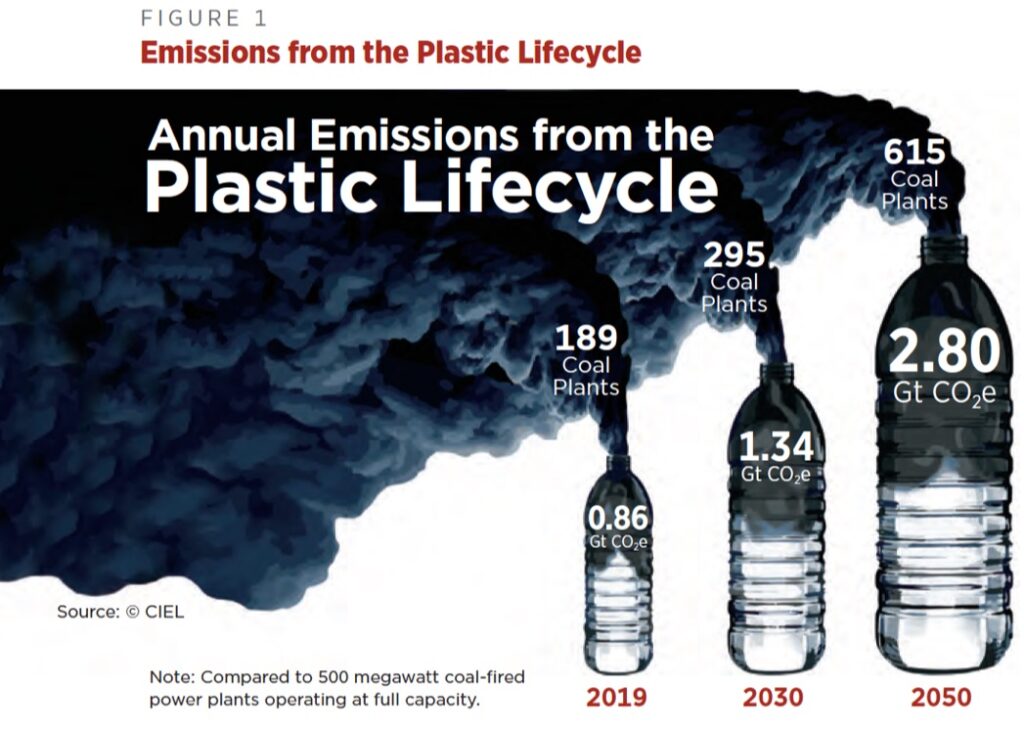
It’s time to take action to ensure that future generations can enjoy the beauty of nature and it’s creatures. Join the challenge to reduce consumption of single-use plastic by switching to reusable products. Small, simple changes can make a big difference!
